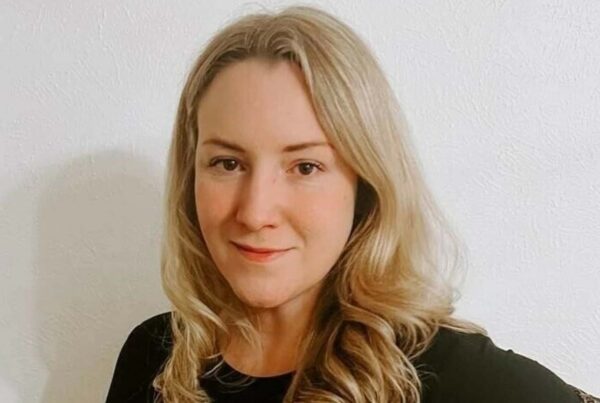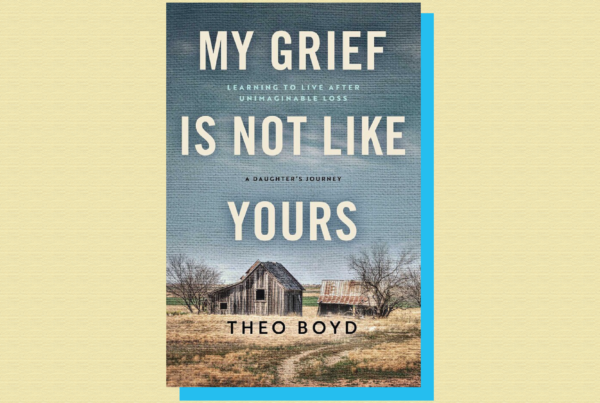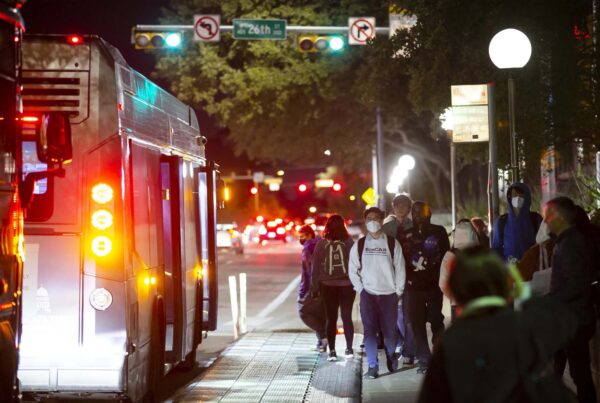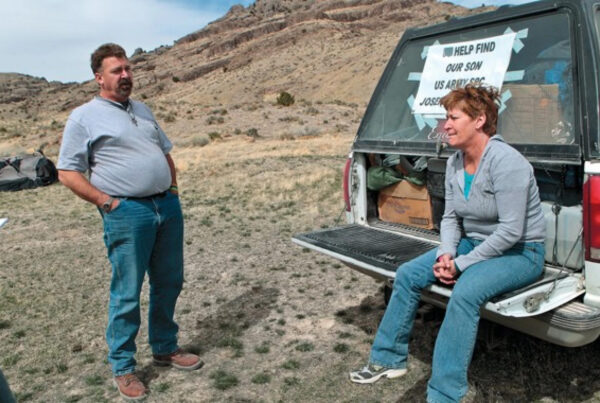The link between domestic violence and mass shootings is becoming more and more apparent. A study published in 2021 linked more than two-thirds of mass shootings from 2014 to 2019 with domestic violence.
In fact, one of the first-ever mass shootings in the U.S. began with domestic violence. In 1966, Kathy Leissner Whitman was killed by her husband, Charles Whitman, who would hours later climb to the top of the University of Texas at Austin tower and shoot and kill 15 people and wound many more.
Author Jo Scott-Coe, in her new book “Unheard Witness: The Life And Death of Kathy Leissner Whitman,” pieces together the life of Kathy through interviews and letters – giving her a voice half a century after her death.
Scott-Coe spoke with Texas Standard on what compelled her to write the book and the many missed red flags. Listen to the interview above or read the transcript below.
This transcript has been edited lightly for clarity:

Author Jo Scott-Coe. Courtesy of University of Texas Press
Texas Standard: This book wouldn’t have been possible, obviously, without access to Kathy’s letters. How did you come across them?
Jo Scott-Coe: During my research for my previous book, “Mass,” I had the pleasure of meeting her eldest surviving brother, Nelson Leissner, and he had preserved these letters from, you know, accidental destruction and etc., and had them and wasn’t sure what to do with them. And I wasn’t looking for the letters at the time. We were talking about some other subjects. And as we got more connected and talked more and as the 50th anniversary of the shooting approached, he sort of told me about the letters and then he began to share them with me.
Well, now, you alluded to this: You’ve been digging into the history of that shooting before in other books. What made Kathy’s story one that you continue to go back to?
Well, the presence of the unheard witness – you know, Kathy – as the victim for four years of a person who became visible to us as a perpetrator from the tower in 1966 on that horrible day where he took the lives of strangers, was really important to me.
I mean, as a researcher, for about 20 years, I had been looking at this disconnect between what happens in private or what happens off of the public radar – out of the media, let’s say – and out of view. And then when something creeps into public view or blasts, as it were, into public view, we seem surprised.
But I was always kind of really interested in that connection that this does not come from nowhere. And so what about that? And so who is there? Who is sharing the household, the bank account, the bedroom, the car with this person?
And so thinking about that was always kind of there anyway. And with my previous book, I was looking at the marriage. It was an interfaith marriage between Protestant and Catholic. And so that was kind of what got me to meet Kathy’s family and then I kind of went from there.
You know, it’s interesting that you should say all that, because I know that much has been said about the shooter’s own family and growing up – that experience – not so much about Kathy, who was killed in the hours before the tower mass shooting. Could you try to describe who Kathy really was before she was known for her murder?
Yes, she was a vibrant, socially intelligent, conscientious young woman. She was raised in a small farm town by by prosperous working parents, both college educated.
She went to the University of Texas as a pharmacy student first, eventually changed her major. And, you know, I think the idea that we don’t think about or remember that – you know, she graduated from the University of Texas. She was an honor student there in education, for those who are going to be future teachers. She became a teacher and she had something that I observe in the archive even before she was married.
You know, as a young teenager, she had a documentary impulse. She liked to preserve all kinds of eclectic things that were signals to her about her friends and her family and, you know, funny memories and precious memories and all of that. And it’s not unusual. But she was a teacher in a way, for herself, as well as drawn to that profession eventually.
You mentioned signals. Were there warning signs that Kathy documented? Reading through them today, perhaps there weren’t even names for some of these things back in ’66, right?
That right. I mean, the terminology that we have now, of course, is not protecting us from the lingering reality of domestic violence as a social, public health issue.
But in Kathy’s time, very, very early even, there were signs that there was very grave trouble. In the book I include in full a letter that shows that Kathy was demonstrating help-seeking behaviors and contacting her family.
And she did confide in her mother. Her mother writes a letter that is really a remarkable document talking about a pattern of domination in the marriage. Not, you know, “you shouldn’t fight” or not, you know, this or that. Not cherry picking, but really clear that there was a fundamental change in the way that her daughter was experiencing life and the world compared to before her marriage. And then that continues, of course, throughout the archive.















